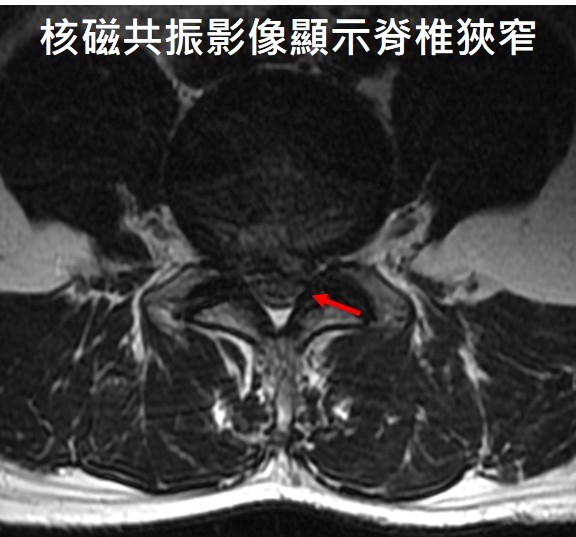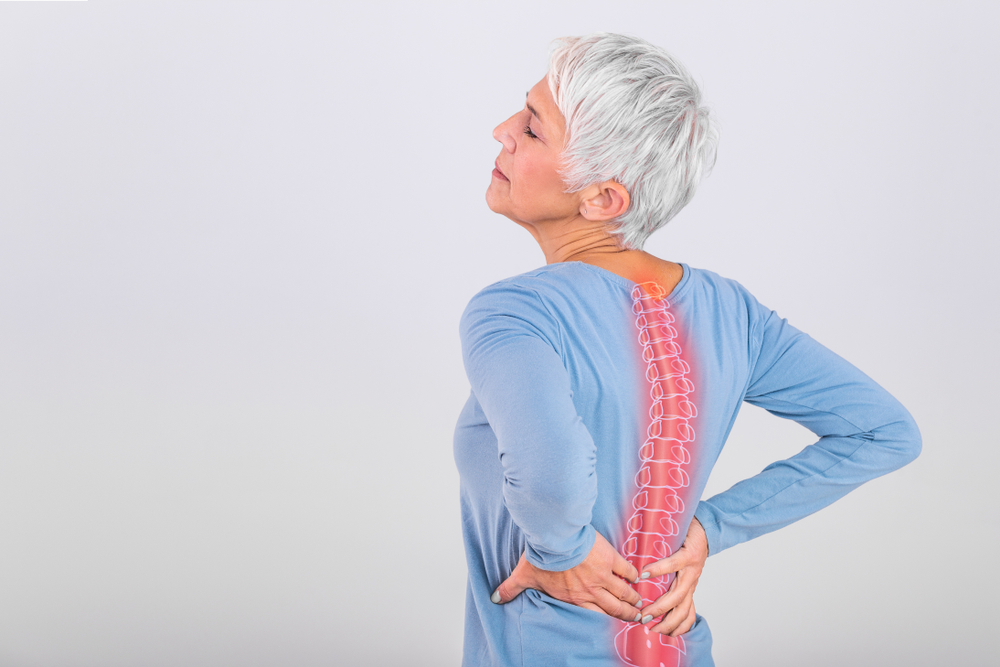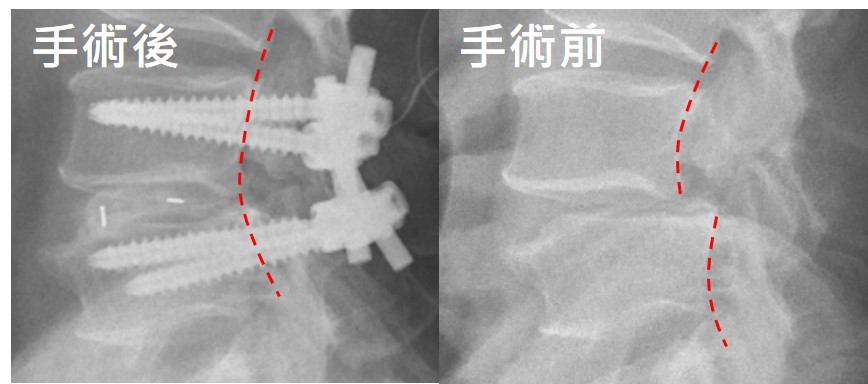Spinal stenosis occurs when bone and ligament proliferates due to lumbar degenerative disease and narrows the spinal cord cavity to compress the nerves and lead to intermittent claudication or sciatica.
Spinal stenosis is a progressive disease with slow showing of symptoms that gradually get worse. However, the symptoms come and go instead of continuous onset. The typical symptom is the pain in the back, hips, or back of the thigh. This pain gets worse with standing or walking. The symptoms in lower limbs include cramps, burning sensation, or lack of strength. When the body leans forward, the symptoms subside. When the body leans backward, the symptoms get worse. This phenomenon typically refers to shopping cart sign.
Intermittent claudication occurs when the symptoms get worse. Intermittent claudication is the lower limbs are normal when patients start to walk; however, discomfort occurs in lower limbs after walking for a while (the distance depends on the intensity of the symptoms. The milder the symptoms, the farther they walk. Patients might not be able to make it to a few tens meters when the symptoms are severe) and patients need to stop and rest. After crouching or sitting down for a few minutes and after the discomfort in the lower limbs subsides, they can get up and walk again.
Spinal stenosis is diagnosed with computed tomography or MRI. It may be diagnosed as spinal stenosis if the spinal cord cavity area is obviously narrowed.


Non-surgical treatments for spinal stenosis include:
- taking anti-inflammatory and pain medicines;
- adjusting daily activities;
- rehabilitation;
- wearing soft back brace;
- spinal epidural steroid injection;
- and selective nerve root injection.
However, the treatments mentioned above do not sustain continuous improvement.
When the symptoms in the lower limbs severely impact daily routines or limit walking to less than 10 minutes, surgical treatment is recommended. The main purpose of surgery is nerve decompression, which is to remove the substance that compresses spinal cord cavity and nerve roots as much as possible while maintaining the stability of the spine.
There are various types of surgery for spinal stenosis treatment. Patient’s conditions and doctor’s techniques decide which type of surgery to proceed. If patients have spinal stenosis with spondylolisthesis or scoliosis, or the spine joint is damaged excessively during nerve decompression surgery to influence the stability of the spine, then spinal fusion surgery is required to maintain the stability of the spine and avoid more severe back pain after the surgery.


